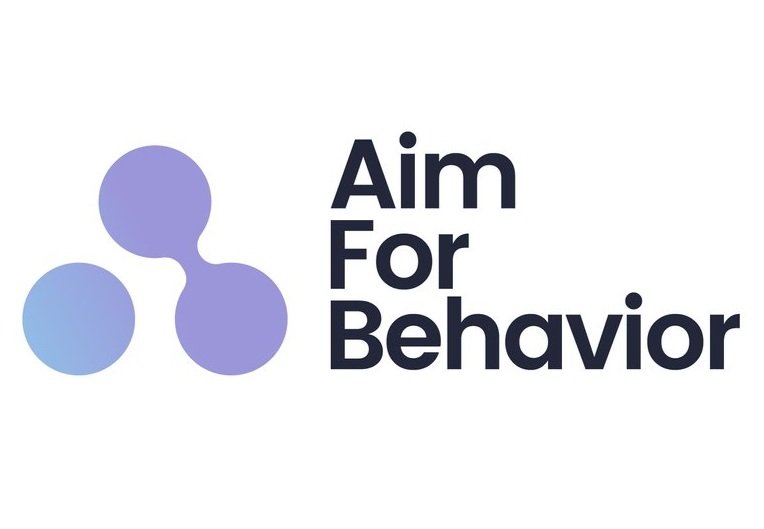Why is Gamification being used without any understanding?
Image and study: (Cheng VWS, et al 2019)
The careful and evidence-based use of gamification techniques is vital when our goal is to foster positive health behavior changes.
In the realm of gamification for health and well-being applications there seems to be a tendency to copy techniques without knowing why they are being used or if they were actually effective in the first place - or even worse if they are the right techniques for your target behavior, drivers, and context.
The most frequently observed gamification elements according to (Cheng VWS, et al 2019):
-Levels or progress feedback
-Points or scoring systems
-Prizes or rewards
-A theme or narrative
-Personalization
-Customization
Conversely, the least observed gamification elements included:
-Artificial assistance
-Unlockable content
-Social cooperation
-An exploratory or open-world approach
-Artificial challenge
-Randomness
The study from where the image is taken uncovered some troubling findings:
Contrary to what one might expect, the current application of gamification in health and well-being apps doesn't align with the wider health and well-being literature, which advocates for positive reinforcement.
Moreover, the study pointed out that the use of gamification isn't always rooted in health behavior change theory. (I'd say, like most other features I have seen and researchers have published about, most techniques are barely used, and again they are mostly copied from some other app without a proper systematic approach to design)
This emphasises why it's so crucial to understand the context and the behaviors we wish to promote before mimicking elements of gamification, behavior change techniques, and design.
Design prowess isn't what we lack today.
Instead, it's often the initial understanding of what we aim to enable our users to achieve - the time to frame the problem in the first place.
When it comes to health and well-being, it's about recognizing the changes that can genuinely enhance people's lives, not about making something pretty.
So let's not just copy the design.
Let's also comprehend what we're setting out to achieve by leveraging a framework that's evidence-based.
Robert

